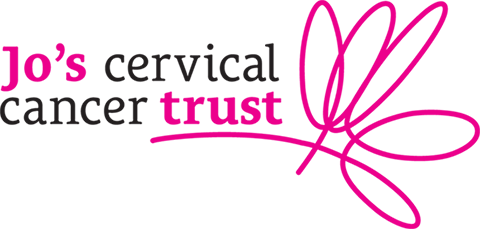There are no products in your shopping cart.
| 0 Items | £0.00 |
If you have questions or need to talk, call our helpline for information or support.
Have a question? Receive a confidential response via email.
Come to a support event to meet other people who have had a cervical cancer diagnosis.
Connect with others, share experiences and ask questions on our forum.
Individual support via phone or email, for anyone affected by a cervical cancer diagnosis.
Read about ways to cope with any effects of treatment and getting practical support.
Cervical screening is a difficult test for many, from those who experience pain to those with experience of trauma or who have gaps in understanding about what the test is for. The impact of COVID-19 has provided further hurdles.
HPV is the topic we hear about the most through our support services, with callers who are confused, anxious and upset about what it means to have it. For many, the first time they even saw the word was in their results.
A lot of work has gone into removing the stigma from cervical screening and encouraging conversation about the test. We want to ensure that the move to HPV testing, a far superior testing method, does not undo our progress.
We are testing the nation’s knowledge of HPV through an advertising campaign in various online and physical locations across Scotland.
Look out for our adverts and posters!

The below resources are for use during the campaign and beyond. Please do download, save and share them with colleagues and patients. They provide facts about HPV, how to respond to FAQs from patients and the experiences of women affected by HPV.
Download and share the below graphics on social media - or use them on your website!
Suggested text:
Did you know #CervicalScreening looks for HPV? @JoTrust are testing Scotland's HPV knowledge! You can join in here: www.jostrust.org.uk/test
Cervical screening and waiting for results can be difficult. If you don't have the facts or know where to find support, it can be even harder. Join @JoTrust and test your knowledge www.jostrust.org.uk/test
These may be useful for talking with patients and for use on social media
HPV primary screening pathway >
Cervical screening results >
This resource is about HPV and HPV primary screening in cervical screening.
It may provide a refresher for primary care staff, including sample takers and non-clinical staff. Other healthcare professionals may also find it useful.
Your patients may have lots of questions about cervical screening. These are some of the most common ones we hear, along with some simple suggestions of ways to answer them.
This information is for primary care staff, including sample takers and reception staff. Other healthcare professionals may also find it useful.
Attending cervical screening and getting results can be difficult for some patients. As a result of HPV primary screening, more women and people with a cervix are learning that they have HPV.
Language is important – it can help your patients feel at ease and reassured, or panicked and uncomfortable. There are many medical words used during appointments that can make it hard for patients to understand. It can also be intimidating, and some patients might feel embarrassed about asking questions. Some patients might have low health literacy, or English might not be their first language, meaning it can be even more difficult.
Laura's story of having HPV and cervical cancer >
Read stories from other women and people with a cervix diagnosed with HPV >
Lauren, 37, had HPV and cervical cell changes when she was 30. Watch the below video where she discusses what this was like:
To keep up to to date with our information for health care professionals, as well as our work more generally, sign up to our quarterly newsletter.

